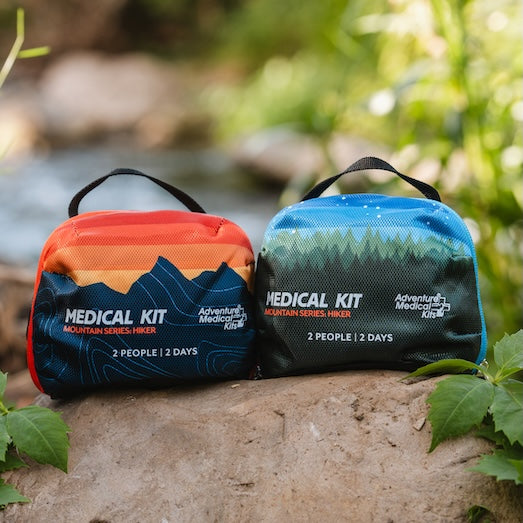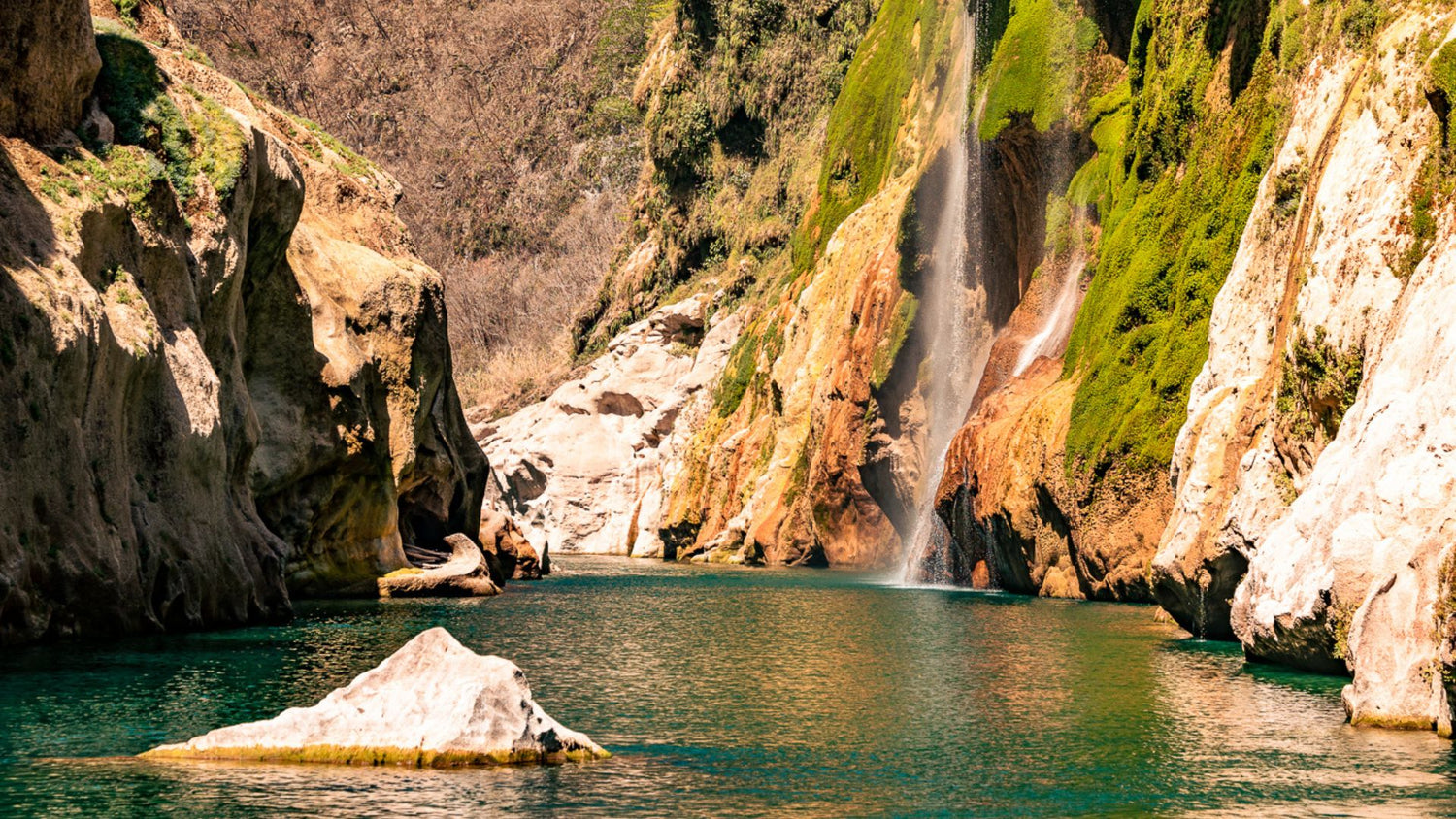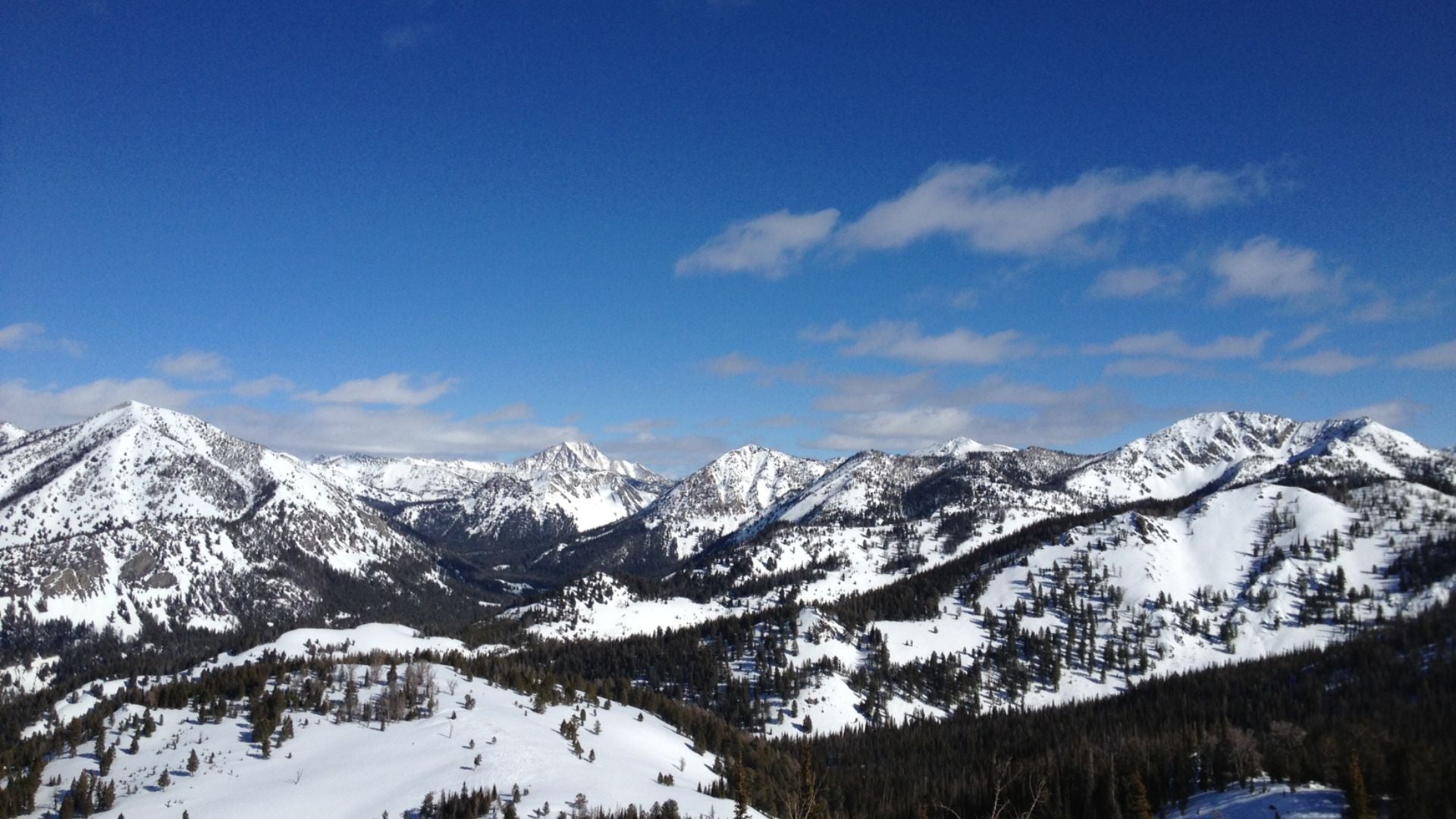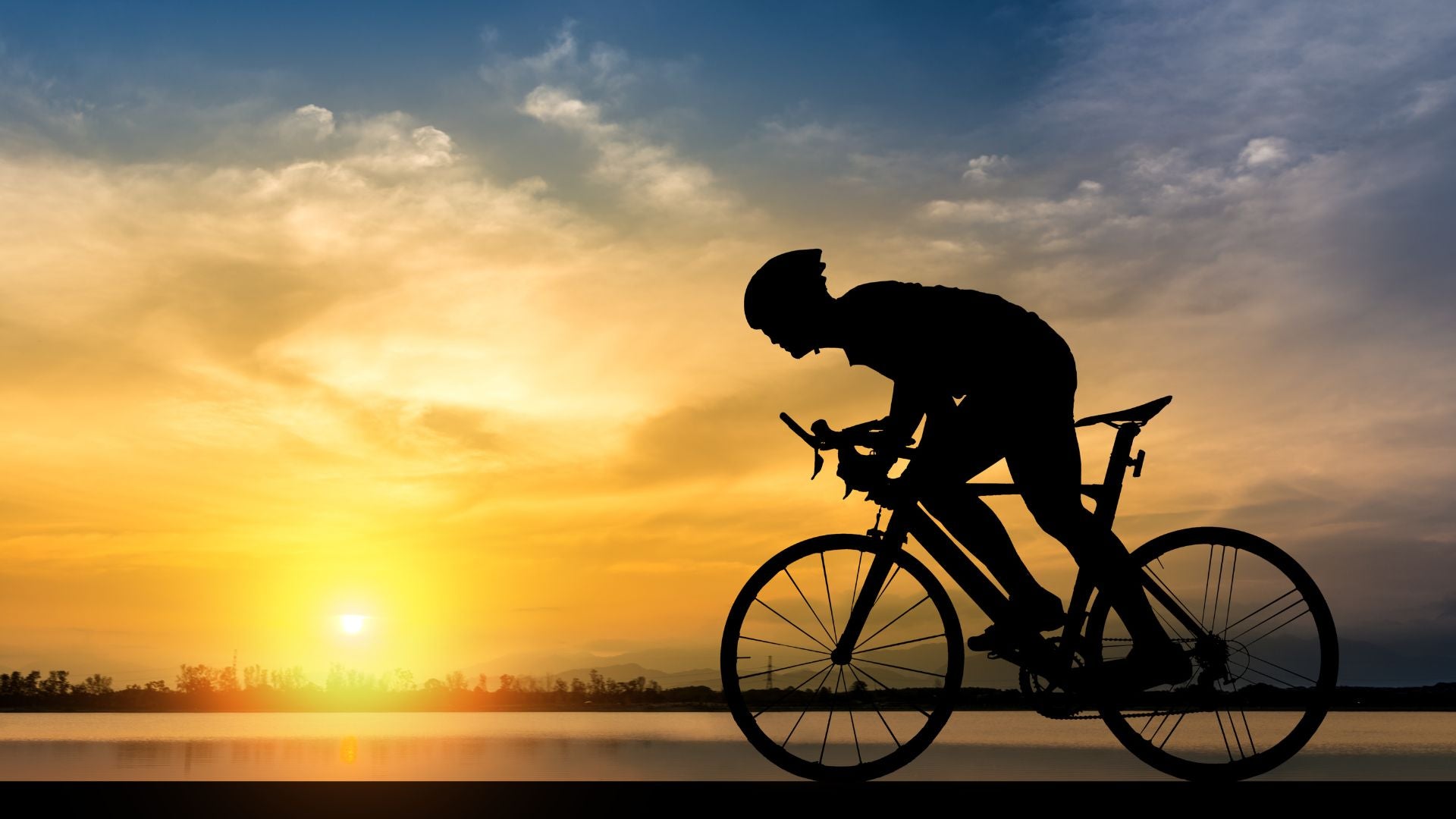Submitted by Adam Schallau of Adam Schallau Photography
Many years ago, shortly after I was bit by the photography bug, my wife, Sally, and I hired a photography guide to lead us into the desert for a photo tour of the remote canyon country of the American Southwest. It was our first such adventure and was very exciting for a couple of people from the big city.
As luck would have it, a little over 1-hour and many miles into the trip, the guide’s vehicle broke down leaving us stranded in the desert, far from help, and with the cold night fast approaching. We were the last tour of the day, and knowing that there would be no other vehicles coming down the road that evening, our guide, equipped with nothing more than a can of soda and his cigarettes, headed out into the open desert to look for help. He had no radio, no phone, no water, and no plan of action. He also failed to communicate to us that he was leaving. One minute he was there with us, then next minute he was gone.
Now that Sally and I were alone, I began to plan to spend the night in the desert. I took inventory of what we had with us which included approximately 100 ounces of water, some beef jerky, a first aid kit, signal mirror, and matches. Having not planned on being out much past dark and were wearing nothing more than t-shirts and shorts. It was going to get cold quick and we needed a fire now.
I collected what wood and brush I could find, and built a fire near a canyon wall. I was hopeful that the light from the fire would illuminate the wall and make us easier to find. The fire also provided much needed warmth and a sense of security.
As darkness fell we began to see headlights in the distance, perhaps 10 miles or more. The best we could tell, they were the headlights of vehicles driving down the only highway in the area. After a spirited discussion, I convinced Sally that we should resist the urge to leave the vehicle and walk across the open desert in the hope of reaching the highway. My concerns included our unfamiliarity with the terrain and not knowing if there was perhaps an unseen canyon between us and the highway that would preclude us from getting there. We stayed near the vehicle, it’s hood raised to indicate that it had broken down, knowing that it would be much easier to spot from the air than we would be if we were traveling on foot.
At some point in the evening our guide reappeared. He had grown tired and dehydrated. He saw our fire and navigated his way back to us in the dark guided by its flame. He told us how he thought it would be a short hike to get help, but everything was much further away than he remembered.
We spent the night huddled by the fire. Occasionally myself or the guide would leave it’s warm glow in search of additional fuel to feed it’s hungry flame. We were careful not to stray too far, always staying within shouting distance.
Early in the morning hours before sunrise, we spotted another vehicle moving across the desert. We had seen many headlights on the distant highway throughout the night, but several hours had passed since the last sighting. Something was different this time. The headlights on this vehicle were moving up and down as it climbed and descended the sand dunes in the desert. We knew someone was finally looking for us.
In the hope that someone would come looking for us I had several signaling plans in place. Earlier in the evening I had set aside a large pile of brush and small twigs that could be thrown on the fire to cause it to flare-up and become quite bright. If rescue was going to wait until daylight I planned to burn a tire from our broken down ride knowing that the black smoke would certainly get someone’s attention.
As the headlights began to crest a small hill I knew that now was the time. I threw the brush pile on the fire and the flames quickly doubled in size. Within just seconds of doing this the vehicle turned towards us and I knew we were going to be fine.
~
It’s been many years since that night in the desert. I now lead photography workshops and photo tours across the American Southwest. I guide photographers from all over the world who have varying degrees of experience in photography and outdoor skills.
For nearly 14 years I was an aircrew member on a volunteer Search and Rescue (SAR) team. Quite often the people we were looking for had underestimated their own abilities and they typically were not properly prepared or adequately equipped for the situation they found themselves in. Most of the time these people were found, most often they were fine, but there were instances where they were injured or dead.
As nature photographers we spend a great deal of time outdoors in search of the perfect image. This search can sometimes involve hiking remote trails, being out in inclement weather, and exploring locations that are far from home and are possibly unfamiliar to us.
If you do get lost or hurt while hiking, you may find yourself in a location where cell phones don’t work. Now what do you do? You’re alone, tired, possibly injured, and unable to get back to the trailhead. Does anyone know that you’re gone? Did you tell them when to expect you back?
By now you might be asking yourself “how do I prepare for the unexpected?” It’s a good question to ask and one that you should revisit every so often.
First and foremost, let someone know what your plans are. Let them know how long you’ll be gone, where you are going, and when they should expect you back. If your plans change, be sure to let someone know. Valuable time has been lost in SAR operations looking in the wrong place because someone decided to hike a different trail or explore a different road.
Second, pack accordingly. The weather will change and you should be prepared to spend at least 24 hours on your own. This means taking a jacket, gloves, and hat for example when the weather forecast calls for cold during the evening hours. Be sure to take plenty of water, emergency rations or energy bars, and a basic survival kit.
Your survival kit should include items such as waterproof matches, water purification tablets, a fixed blade straight edge knife, and a First Aid kit including any prescription medications you may require. Additionally you will want to be able to signal for help so be sure to include a whistle, light (your headlamp with extra batteries will suffice), and signal mirror.
You could assemble all of the components together into a homemade kit, but Adventure Medical Kits makes fantastic survival kits including the Scout Survival Kit. They also make Ultralight/Watertight Medical Kits available in a variety of sizes. If your budget allows, top off your kit by carrying a Personal Locator Beacon such as the McMurdo Fast Find or the SPOT Satellite Messenger, and also add a signal laser such as the Rescue Laser Flare from Greatland Laser.
I know this may seem to be a lot of gear to carry, and we already carry lots of heavy photography equipment, but I’ll gladly give up a little photo gear to make room for my survival kit. As a reminder…be sure to make yourself familiar with the contents of your kit, and inspect it before heading out into the field.
Once you have a survival kit you will want easy access to it. I choose to keep my gear on the hip-belt of my camera pack. When I’m using a Lowepro Pro Trekker 300 AW I keep all of the gear in a Lowepro Bag. Having easy access to your gear means you can get to it without having to dig through your pack.
If the worst should happen, and you become lost or injured, do your best to help rescuers find you. This may mean moving to a place where you can stay dry, keep warm, and be seen from the air. Once you’re there, stay put. Searching for a person that is on the move can prolong the search and delay the rescue. Time spent moving will also lead to exhaustion, hunger, and dehydration, all of which will impact your decision making ability. You are also much less likely to get hurt if you stay in one place.
Our time outdoors can be great fun and very rewarding. With proper prior planning, and a good dose of common sense, you can avoid getting into trouble in the first place. You’ve got your plans for the day, and you’ve shared them with a friend or family member. Now it’s important to constantly evaluate the situation you’re in. Observe changes in weather, keep track of your location (a GPS is a great idea but don’t forget extra batteries!), and be prepared to hike back to your vehicle in the dark.
Stay safe, have fun, and instead of an exciting story to share, come back with great photos.
Thank you Adam! Adam’s original blog post can be found on his photography website.
